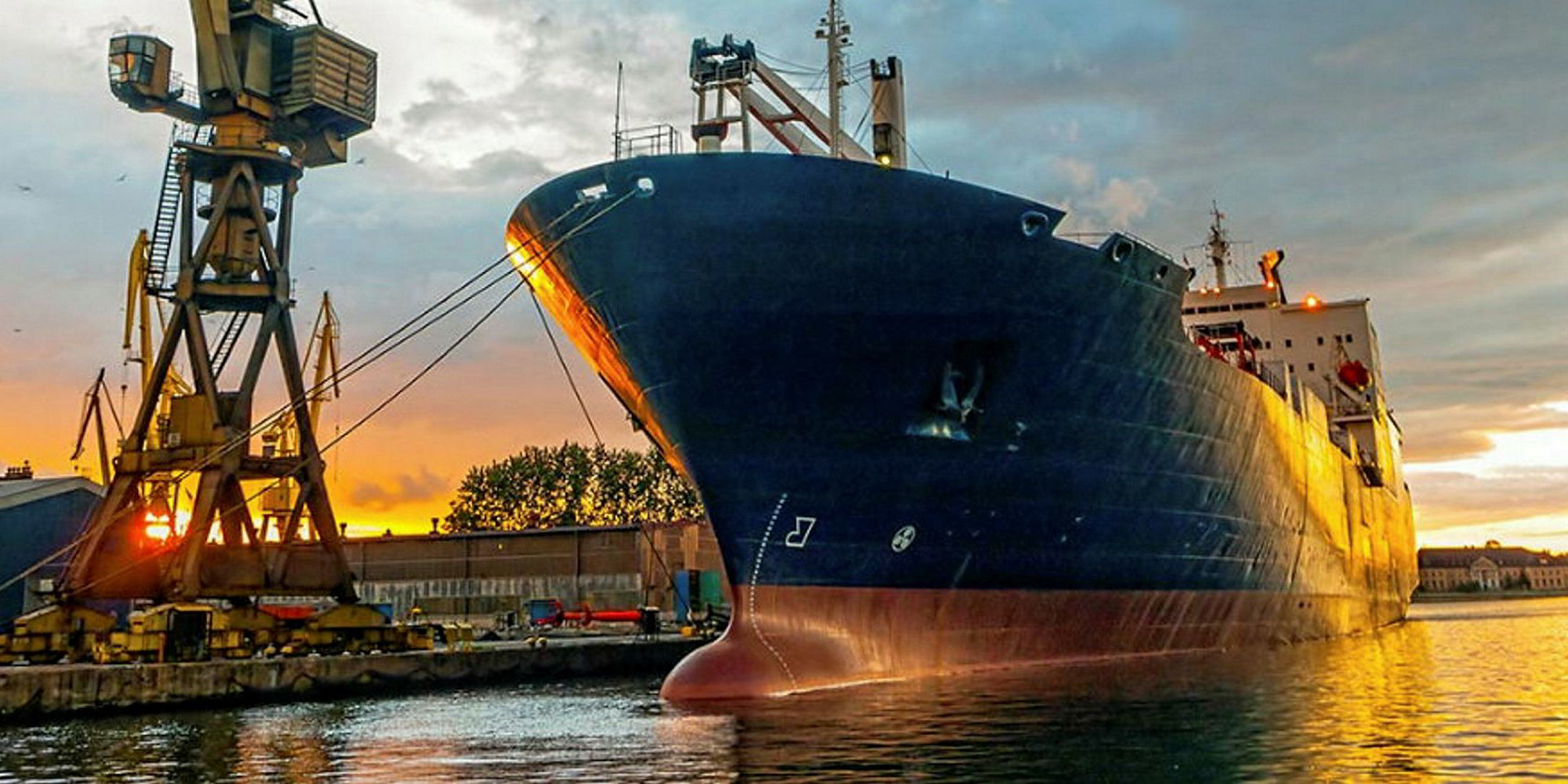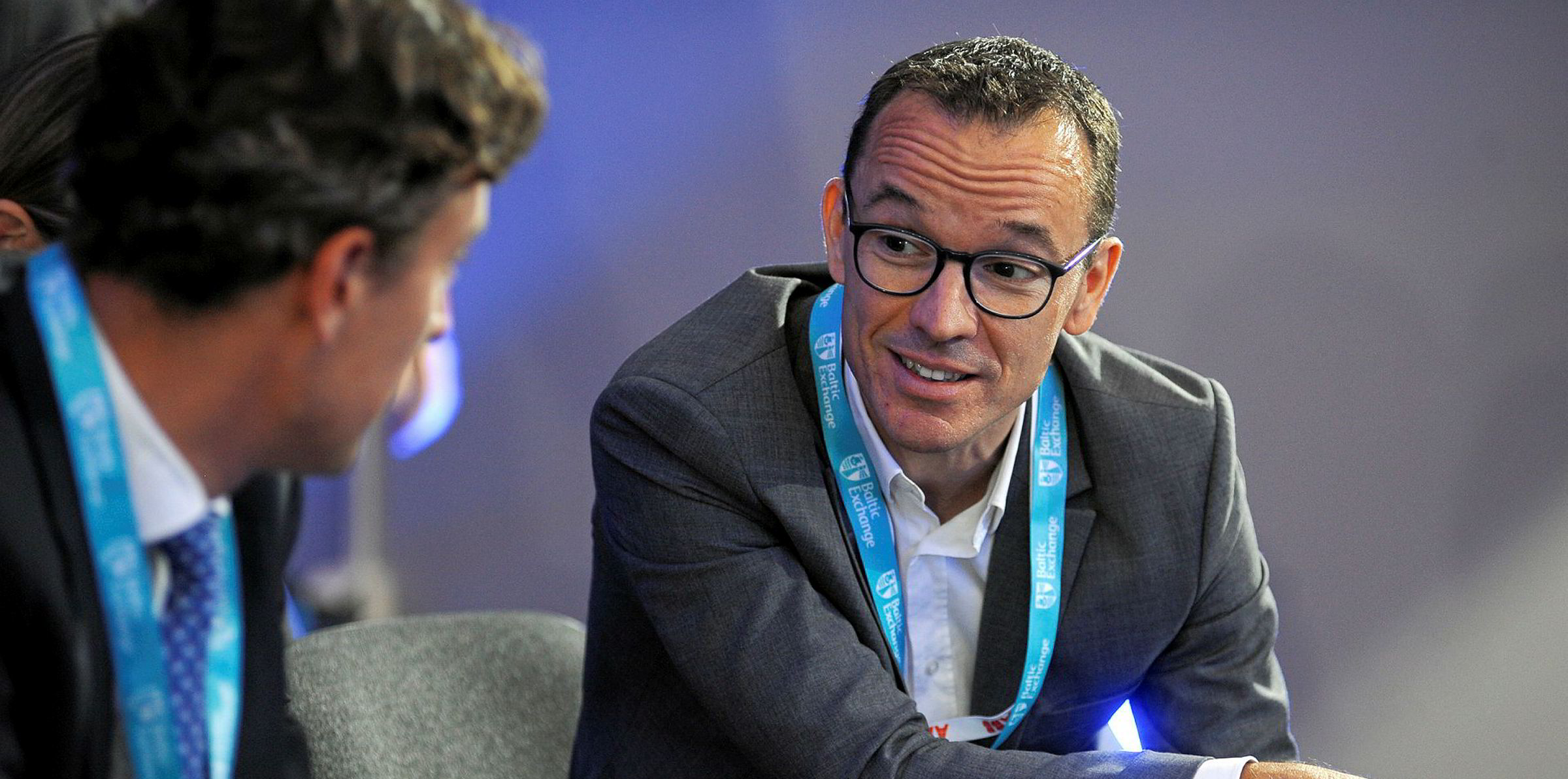No one can accuse Cargill of not putting its money where its mouth is. The privately owned US commodities trading giant certainly has the cash to make a point, with net earnings of $2.8bn on revenues of $109bn last year.
Just this month, Cargill’s shipping boss, Jan Dieleman, told TradeWinds: “For us, the three things central to the vision we have are to be more profitable, modern and green. They are the winning segments.”
A few of those attending Posidonia in Athens grumbled privately that the modern and green elements were “just talk”. Now, Dieleman’s Ocean Transportation division has backed up that talk with a pledge to cut its greenhouse gas (GHG) emissions by 15% per cargo-tonne-mile by 2020, in line with the group’s intention to reduce overall emissions by 10% by 2025.
But that was not the only headline commitment contained in Cargill Ocean Transportation’s first annual corporate responsibility report. The ground-breaking report covers the whole spread of challenges faced by an operation that ran on average 650 ships at a time last year — up from 330 a decade ago — equal to around 5% of the global dry bulk market.
Perhaps even more significant in the longer term, Cargill also committed to “investigate” carbon pricing and a carbon offset scheme for its travel and events.
Not just emissions
In addition to carbon and sulphur emissions, it focused on areas most material to its operations, including the safety and well-being of staff and customers, anti-corruption, diversity and inclusion, and, to a lesser extent, shiprecycling.
Part of Cargill’s delivery of lower emissions is by chartering younger, more efficient ships. In 2017, the average age of those it chartered was 7.5 years, which helped it cut CO2 per cargo-tonne-mile by 5.7%.
Cargill says its chartering choices are partly driven by the GHG emissions rating system provided by RightShip, the vessel vetting service it jointly owns with fellow shippers BHP and Rio Tinto.
In 2017, 76% of the vessels Cargill chartered complied with grade A-D of RightShip’s assessment. It intends to lift that to 80% by 2020. At its current scale, that implies it will need around an extra 26 fuel-efficient vessels, meaning more opportunities for ships suitable to the three to four-year time charters the trader prefers.
Cargill admits that while emissions per cargo-tonne-mile will fall, its overall emissions may rise with its market share. It calculates its chartered ships emitted 7.7 million tonnes of CO2 last year from burning 2.5 million tonnes of fuel on 4,446 voyages that carried 236 million tonnes of cargo.
In addition to its commitment to lifting the standard of its physical operations, Cargill committed to increasing the proportion of women it employs by 10% by 2020, and include unconscious bias training for its leaders. Women represent 37% of the shipping unit’s professional land-based staff today, 17% of managerial positions and 9% of executive staff, including Anda Cristescu, its operations director and sustainability leader.
Such commitments would be nothing new among energy majors such as BP, but are progressive in a trader. Yet BP Shipping’s record in this area is patchy, having launched an annual environmental report in the last decade before quietly dropping the idea.
Corporate social responsibility has at times had a poor reception in the shipping industry. Some shipowners, operators, charterers and shipbrokers have revelled in the image of a swashbuckling world of ambition and aggression, somehow free of the niceties and commitments to wider society.

No one can claim Cargill is going soft as a business. Dieleman insists that he remains judged on the service his business provides and the profit it makes.
Yet in 2018, even Cargill sees it as important not only to have a publicly stated position on such issues but also to set benchmarks against which it will be judged.
The days when shipping could afford to pay scant attention to environmental, social or governance issues are, thankfully, rapidly fading into history.




